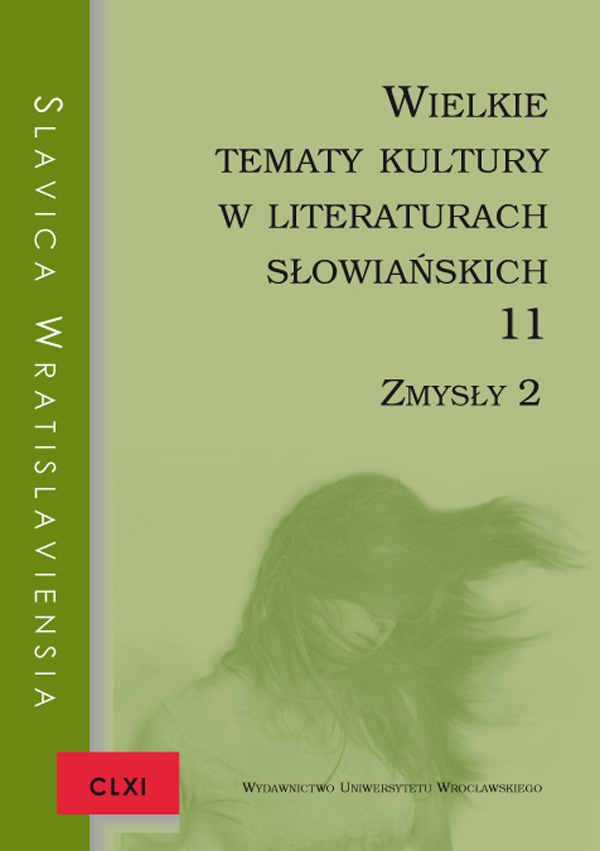

Articles

In search of the time lost. Tastes and smells of childhood by Pavao Pavličić
Nostalgia for the past became apopular phenomenon after the break-up of Yugoslavia. It left a significant mark on the modern Croatian, Bosnian and Serbian autobiographical prose. In literary returns to childhood and adolescence the reader’s attention is attracted by writers’ affection to specific places, material things, family memorabilia, photographs, albums. This is the nature of the works of Croatian writer Pavao Pavličić who in his texts reconstructs the past and the world destroyed by war. This is the way the return to his home town Vukovar is possible — to Vukovar which exists only in the memory of the author. Vukovar has become aspatial theme in Pavličić’s works which connects the books like Dunav, Šapudl, Kruh imast, Vodič po Vukovaru and Kako preživjeti mladost in aseries known as the Vukovar series. Also the smells and tastes became for Pavličić an inspiration for anostalgic journey into the past. Their descriptions can be found in all parts of the series, but they are most important in the book Kruh imast, which in terms of content and construction resembles arestaurant menu. It is not just the writer’s family menu, but it may represent the entire city and indeed the second Yugoslavia. Thanks to descriptions of smells and tastes most personal experiences are back. These sensory impressions enabled the writer to find his place in the world and to redefine his identity.
U potrazi za izgubljenim vremenom. Ukusi imirisi detinjstva prema Pavlu Pavličiću
Nostalgija za prošlošću postala je posle raspada Jugoslavije pojava izuzetno popularna koja je izvršila značajan uticaj na savremenu autobiografsku hrvatsku, bosansku isrpsku prozu. Uovim književnim vraćanjima uvreme detinjstva imladosti pažnju čitaoca privlači piščeva vezanost za konkretna mesta, materijalne stvari, porodično nasleđe, fotografije, albume. Takav karakter imaju, između ostalog, dela hrvatskog pisca Pavla Pavličića, koji usvojim tekstovima rekonstruiše prošlost isvet srušen utoku rata. Na taj način moguć je povratak urodni grad — Vukovar — koji postoji još samo usećanjima autora. Vukovar je uPavličićevom stvaralaštvu postao topografski lajtmotiv koji povezuje dela kao što su Dunav, Šapudl, Kruh imast, Vodič po Vukovaru i Kako preživjeti mladost uvukovarski ciklus. Za Pavličića inspiracija za nastalgičan put uprošlost postali su takođe ukusi imirisi, koje možemo naći usvim delima vukovarskog ciklusa, ali najbitniju ulogu odigrale su uknjizi Kruh imast koja po sadržaju istrukturi liči na jelovnik. To nije samo jelovnik piščeve porodice već celog grada i, šta više, cele bivše Jugoslavije. Zahvaljući opisima mirisa iukusa vraćaju najintimniji Pavličićevi doživljaji. Ovi nosioci memorije omogućili su piscu da nađe svoje mesto usvetu iponovo definiše svoj identitet.